Please sign in to access this resource
Not a Florida public school educator?
Access this resourceon CPALMS.com
General Information
Aligned Standards
This vetted resource aligns to concepts or skills in these benchmarks.Related Videos

An equestrian describes, nay, explains mathematics principles applied to feeding a horse!
Download the CPALMS Perspectives video student note taking guide.

Let this researcher explain how studying fossils and isotopes can help us understand ancient climate conditions!
Download the CPALMS Perspectives video student note taking guide.

Get revved up about math when this motorcycle mechanic explains compression ratios.
Download the CPALMS Perspectives video student note taking guide.

Don't let math derail you. Learn how bicycle gears use ratios to help you ride comfortably on all kinds of terrain.
Download the CPALMS Perspectives video student note taking guide.

Math - the secret ingredient for an excellent cup of coffee!
Download the CPALMS Perspectives video student note taking guide.

Cycling involves a lot of real-time math when you use an on-board computer. Learn about lesson ideas and how computers help with understanding performance.
Download the CPALMS Perspectives video student note taking guide.

A science teacher demonstrates stepwise calculations involving multiple variables for designing robots with desired characteristics.

How much food do you need to cross the Pacific in a kayak? Get a calculator and a bag of almonds before you watch this.
Related Resources:
KROS Pacific Ocean Kayak Journey: GPS Data Set[.XLSX]
KROS Pacific Ocean Kayak Journey: Path Visualization for Google Earth[.KML]
Download the CPALMS Perspectives video student note taking guide.

Food is fuel, especially important when your body is powering a boat across the ocean.
Related Resources:
KROS Pacific Ocean Kayak Journey: GPS Data Set[.XLSX]
KROS Pacific Ocean Kayak Journey: Path Visualization for Google Earth[.KML]
Download the CPALMS Perspectives video student note taking guide.

Lofty ideas about kites helped power a kayak from California to Hawaii.
Related Resources:
KROS Pacific Ocean Kayak Journey: GPS Data Set[.XLSX]
KROS Pacific Ocean Kayak Journey: Path Visualization for Google Earth[.KML]
Download the CPALMS Perspectives video student note taking guide.

Dave Rodriguez demonstrates the use of a sling psychrometer to compare wet and dry-bulb temperatures to determine relative humidity.
Download the CPALMS Perspectives video student note taking guide.

Have a need for speed? Get out your spreadsheet! Race car drivers use algebraic formulas and spreadsheets to optimize car performance.

Kyle Dunn, a Tallahassee-based luthier and owner of Stringfest, discusses how math is related to music.
Download the CPALMS Perspectives video student note taking guide.
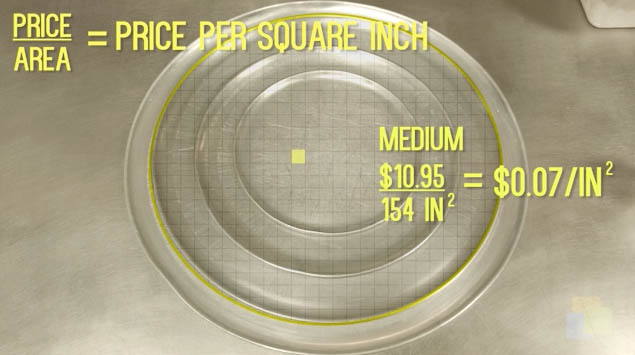
How many times larger is the area of a large pizza compared to a small pizza? Which pizza is the better deal? Michael McKinnon of Gaines Street Pies talks about how the area, circumference and price per square inch is different depending on the size of the pizza.
Download the CPALMS Perspectives video student note taking guide.
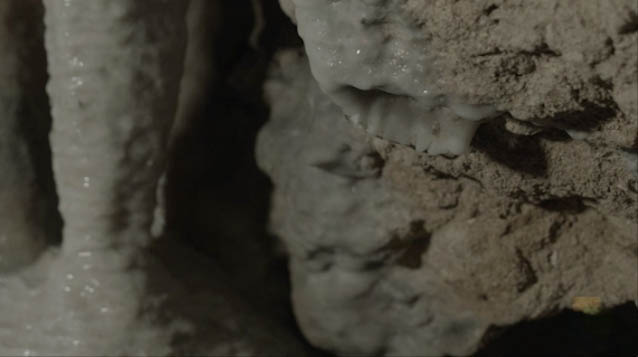
How long does it take to form speleothems in the caves at Florida Caverns State Parks?
Download the CPALMS Perspectives video student note taking guide.
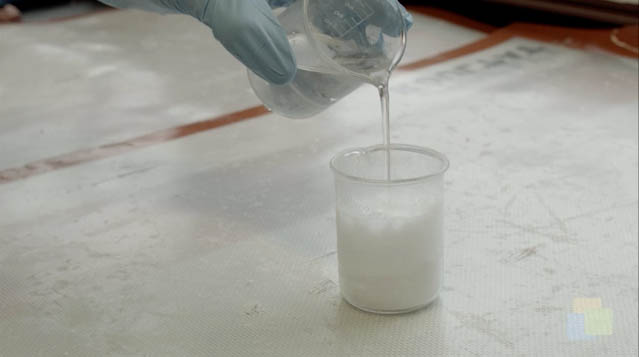
Master candymaker Wes Raley describes the process and science behind making sour fizzy candy.
Download the CPALMS Perspectives video student note taking guide.
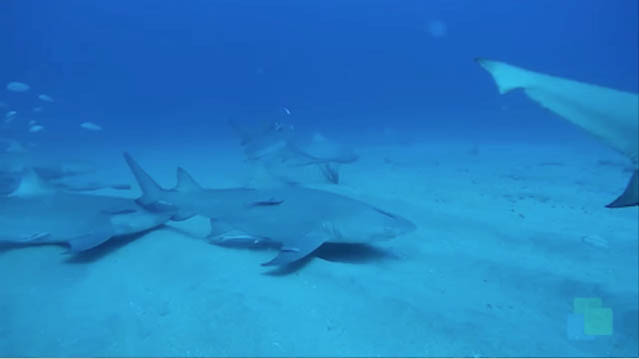
Fish Ecologist, Dean Grubbs, discusses how using statistical sampling can help determine legal catch rates for fish that may be endangered.
Download the CPALMS Perspectives video student note taking guide.

In this video, David Fermin demonstrates real-time estimates for monitoring swimming performance and physiology.
Download the CPALMS Perspectives video student note taking guide.

In this video, Matthew Lawrence describes how mathematical thinking is important for 3D printing with ceramic materials.
Download the CPALMS Perspectives video student note taking guide.

Ceramic glaze recipes are fluid and not set in stone, but can only be formulated consistently with a good understanding of math!

An archaeologist describes how mathematics can help prove a theory about mysterious prehistoric structures called shell rings.

Sometimes scientists conduct a census, too! Learn how population sampling can help monitor the progress of an ecological restoration project.

It's impossible to count every animal in a park, but with statistics and some engineering, biologists can come up with a good estimate.
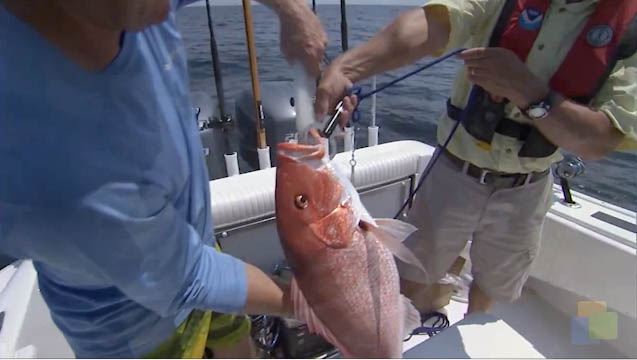
NOAA Scientist Doug Devries discusses the differences between fishery independent surveys and fishery independent surveys. Discussion includes trap sampling as well as camera sampling. Using graphs to show changes in population of red snapper.
![Cpalms [Logo]](/images/cpalms_color.png)







